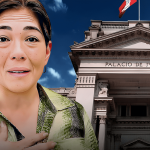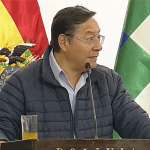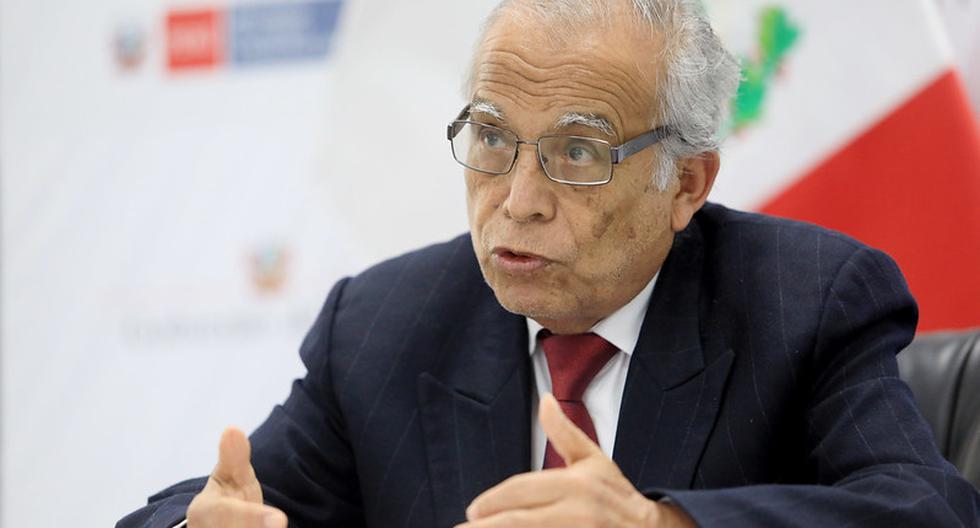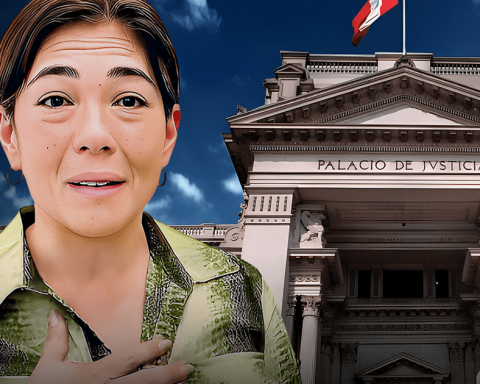In memory of Don Alberto Baillères, visionary patron of education
I begin by specifying some definitions of the inflationary phenomenon. First, it can be transitory, that is, sporadic or temporary. Second, permanent when inflation becomes continuous and uninterrupted. Third, persistent, systemic or endemic, which is when it continues to progress permanently and becomes embedded in the system, that is, it stops for an indefinite period.
The present global inflationary cycle began in March 2021 and rightly since the end of last year the Byzantine discussion of whether it was transitory or not was left behind. Most analysts have agreed on its permanent nature. Traditionally, inflation is largely determined by pressures from aggregate demand. However, in this pandemic, as has been pointed out ad nauseam, aggregate supply conditions have played a key role. This is due to bottlenecks in the supply of raw materials, intermediate manufacturing goods such as semiconductors and computer chips, a shortage of cargo trucks and drivers, and air and sea freight rates that have resulted in exorbitant cost increases. For example, before the pandemic, a container from Asia to the United States had an average cost of $2,500; Today it costs $16,500.
But aggregate demand has been stronger due to the fiscal response to offset the effects of the pandemic. There has also been a large shift in demand towards manufactured goods that are naturally more dependent on raw materials and value chains. Bottlenecks were also exacerbated by precautionary demands: a shift from “just in time” to “just in case”, as Claudio Borio of the BIS mentions.
The fear now is that global inflation could enter a persistent or endemic phase. This could be fueled by salary inflation that unleashes second-order effects. Wage-price spirals are the essence of inflation at this stage and lead to widespread increases in relative prices. In addition, they reinforce the inflationary inertia that perpetuates the pressures. Hence the importance of monetary policy acting in time to anchor expectations.
In Mexico, analysts expect a gradual disinflation to 4.4 percent by 2022. Does this gradualism promote the passage from permanent to endemic inflation? I think that this perception is important for the Bank of Mexico’s monetary policy decision-making. This Thursday we will see the first decision of the Board with the vote of Governor Victoria Rodríguez. It seems that the discussion is to increase the rate by 50 basis points (bps) or 25 bps. A better signal would be 75 bp. Still, if the decision is 50bps, including the governor’s vote, it would be a good indication of how committed she is to preventing inflation from becoming persistent. As my teacher Phillip Cagan said in 1979: “Only a firm commitment to curb inflation can change inflation expectations that have been too weak to control inflation.”
Twitter: @frubli
Economist
IMEF Magazine
Economist graduated from ITAM. He has a Master’s degree and doctoral studies in monetary theory and policy, and international finance and trade. Columnist for The Economist. He has been an advisor to the Board of Governors of Banxico, Director of Institutional Liaison, Director of External Relations and Coordinator of the Governor’s Office, Manager of External Relations, Manager of Macrofinancial Analysis, Deputy Manager of Macroeconomic Analysis, Deputy Manager of International Economy and Analyst .















